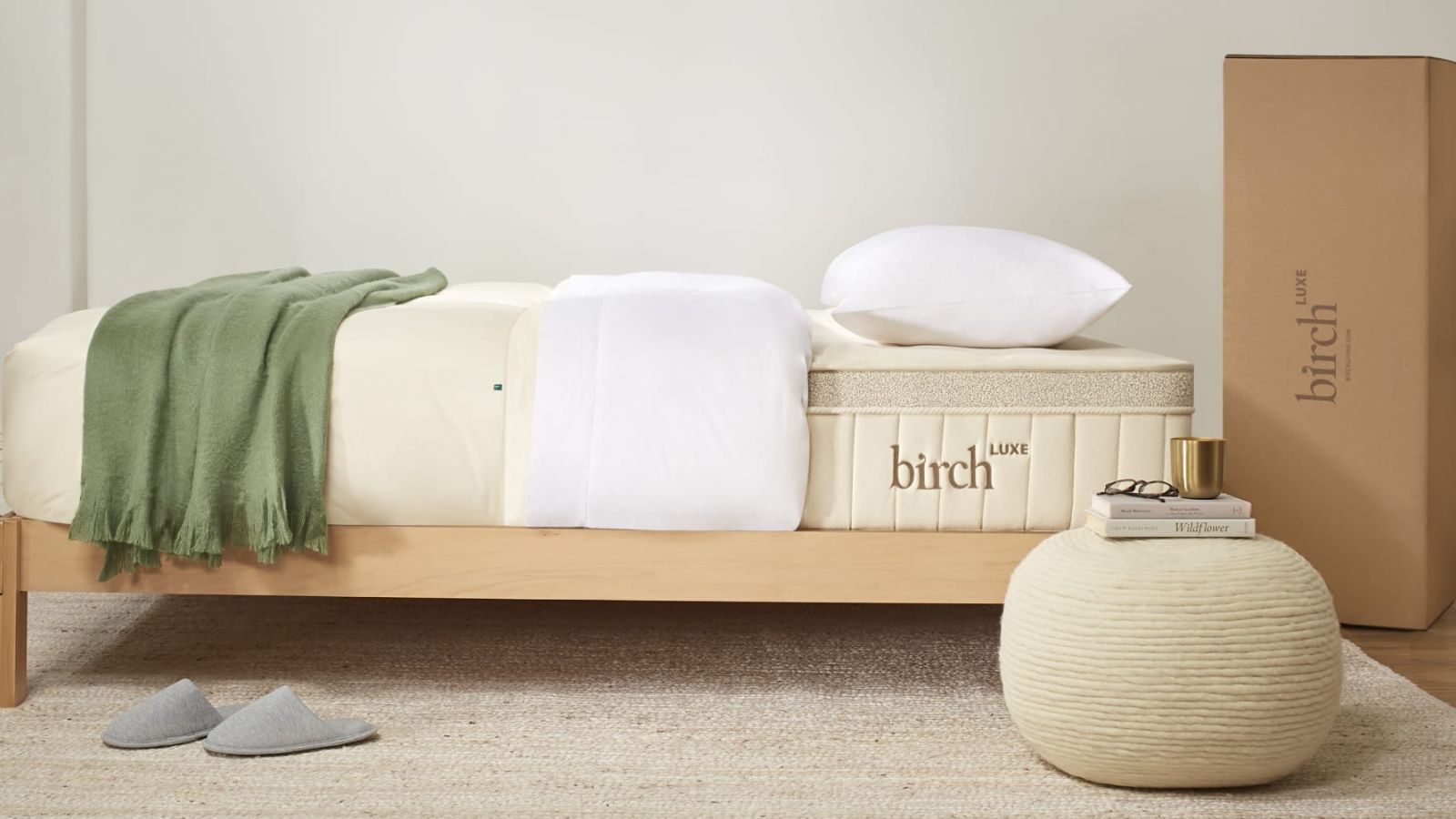
From one sensitive sleeper to another – a hypoallergenic mattress could change your life. If you tend to wake up scratching and sneezing, then a hypoallergenic mattress could soothe your skin and settle your sinuses.
'Hypoallergenic' is something of a bedding buzzword. It's one of those terms that you'll see printed on care tags or beneath product listings, without any explanation as to what makes a mattress hypoallergenic or why that might be important.
That's why I asked the experts. I consulted sleep scientists and mattress makers to learn more about hypoallergenic mattresses. I've outlined the pros and cons of a hypoallergenic mattress to help you find the best mattress that meets your needs. To save you a little time and money, I've also rounded up a few of my favorite hypoallergenic mattresses from Saatva, Woolroom, and Avocado, as well as a few alternatives for buyers on a budget who want to sleep clean.
Do I need a hypoallergenic mattress?
Before we begin, it always helps to define our terms. I asked Byron Golub, Vice President of Product & Merchandising at Saatva, to explain what makes a mattress hypoallergenic and why it matters.
What makes a mattress hypoallergenic?
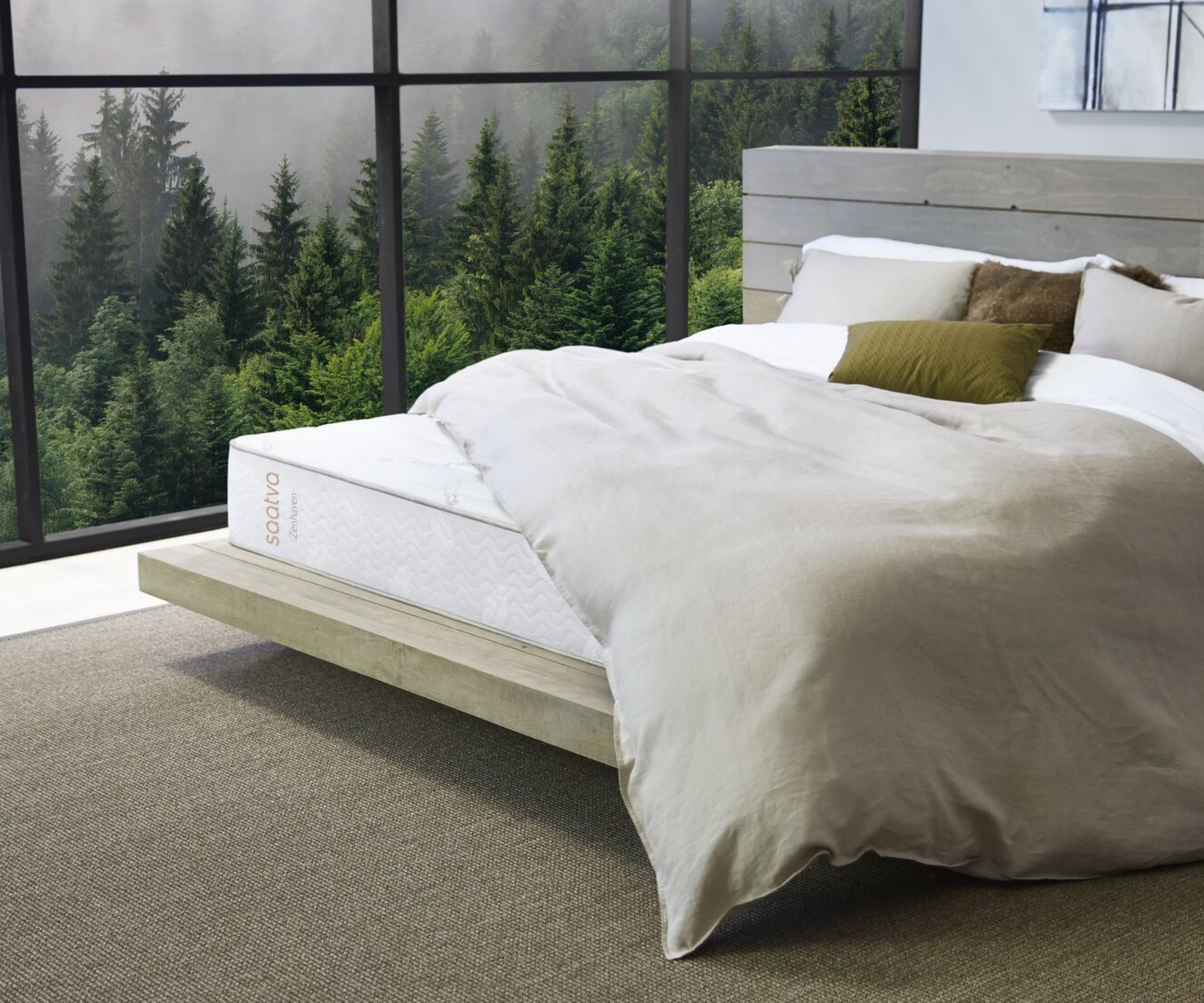
If a mattress is 'hypoallergenic', it contains few allergy-inducing substances, which means it is relatively unlikely to cause an allergic reaction. Byron believes that 'the best mattress for allergies is one made from memory foam or latex.'
'Memory foam is a hypoallergenic material that naturally inhibits the spread of allergens,' says Byron. 'This is because the dense structure of memory foam does not allow dust mites and other allergens to penetrate, The denser the memory foam, the better it will be at keeping the allergens away. Additionally, higher-density foam will provide excellent support and pressure relief.'
If you like the sound of a memory foam mattress, but you're keen to shop more sustainably, Byron advises that you 'look for a memory foam mattress that uses a percentage of plant-based foam, instead of conventional polyurethane foam.' The best memory foam mattress will boast 'certifications from OEKO-TEX or CertiPUR-US, as these require a minimal level of volatile organic compounds (VOCs)'. You should also 'find out where the memory foam has been manufactured. Foams made in the US are subject to stricter health and safety regulations than some imported foams.'
'A latex mattress is an excellent option for people who are prone to allergies,' says Byron. Little known fact: 'Even individuals who are allergic to latex can sleep safely on latex mattresses, because multiple washings during manufacturing eliminate the proteins that cause latex allergies. Natural latex is also resistant to dust mites and is antibacterial and resistant to mold and mildew. Ensure that your mattress is made with 100% natural latex, as synthetic latex will not have the same hypoallergenic properties. If you're unfamiliar with latex and its feeling, just know that it will give you the same contouring as memory foam with a bit more responsiveness.'
What are the pros and cons of a hypoallergenic mattress?

To a sensitive sleeper, the benefits of a hypoallergenic mattress are immediate. Vanessa Hill, the sleep scientist from the hit series BrainCraft, explains that 'A lower concentration of dust in your mattress may mean less severe symptoms, such as sneezing and runny noses.'
Vanessa warns that investing in a hypoallergenic mattress is no quick fix for dust and dirt, since 'dust mites can also live in carpet, curtains and upholstered furniture'. If you already sleep on a hypoallergenic mattress, but you're still suffering from allergic attacks, then it's worth learning how to clean a bedroom to bust the dust mites.
There are plenty of practical benefits to purchasing a hypoallergenic mattress. Certified sleep consultant Sarah Bossio explains that 'we use our mattresses for about 7-10 years, on average,' which is plenty of time to accrue dust and dirt. 'Because of its size, the mattress can be difficult to clean and disinfect'.
'Purchasing a hypoallergenic mattress can help to keep out dust mites, bacteria, mold, and dead skin cells that we naturally shed at night-time. It can make it easier to keep your mattress clean and prevent allergens from setting up shop in your bedroom'. Even if you already have a hypoallergenic mattress, I recommend pairing it with the best mattress protector to safeguard against sweat, spills, and stains.
These are a few of my favorite hypoallergenic mattresses that just so happen to be the best organic mattresses on the market. If you're a sensitive sleeper, or you're keen to shop sustainably, you'll get deeper, cleaner sleep on one of these beds.
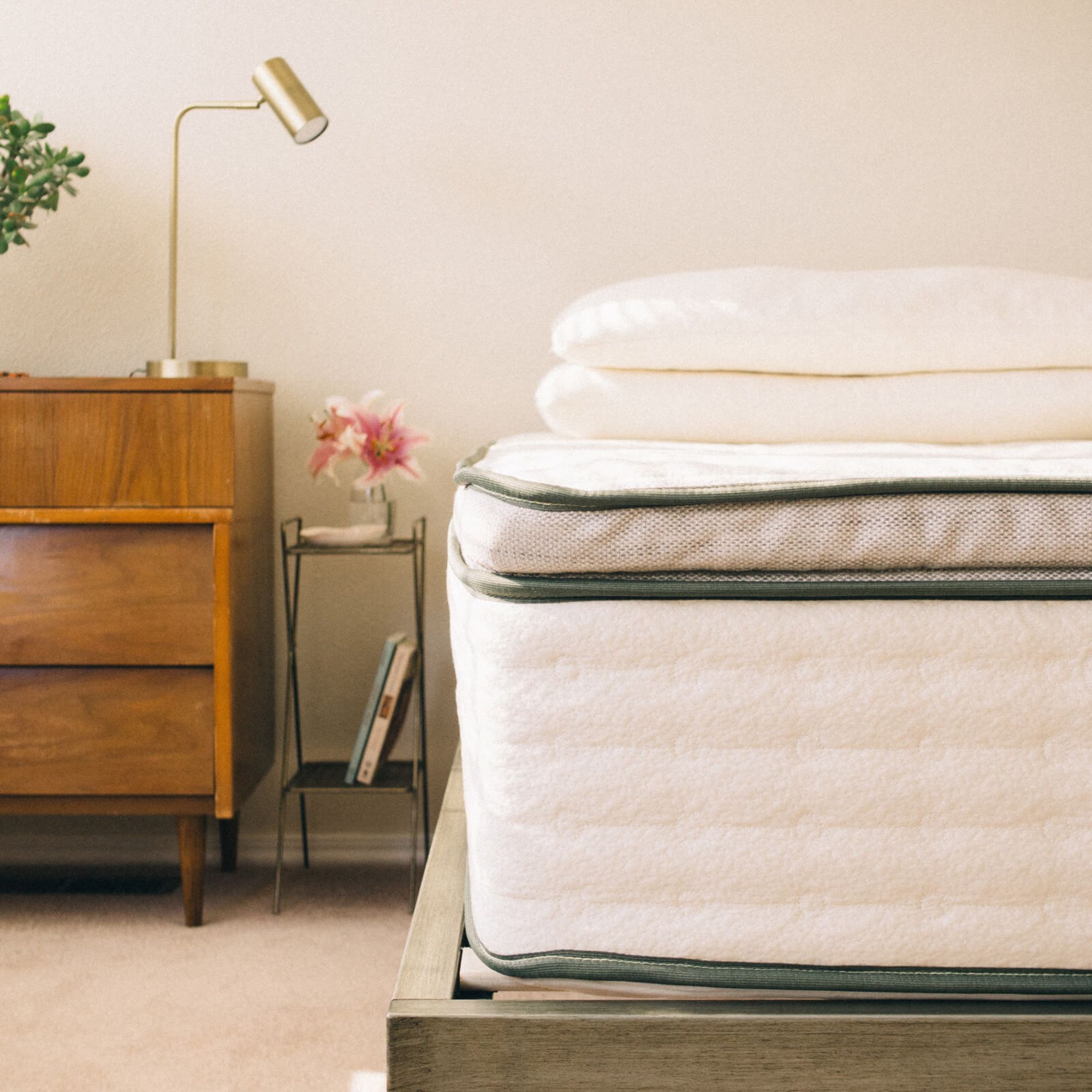
Filled with organic latex for comfort and topped with organic wool and cotton for comfort, this mattress is totally free from polyurethane foams, fire retardants, and other toxins.
You can find more detail in our Avocado Green Mattress review.
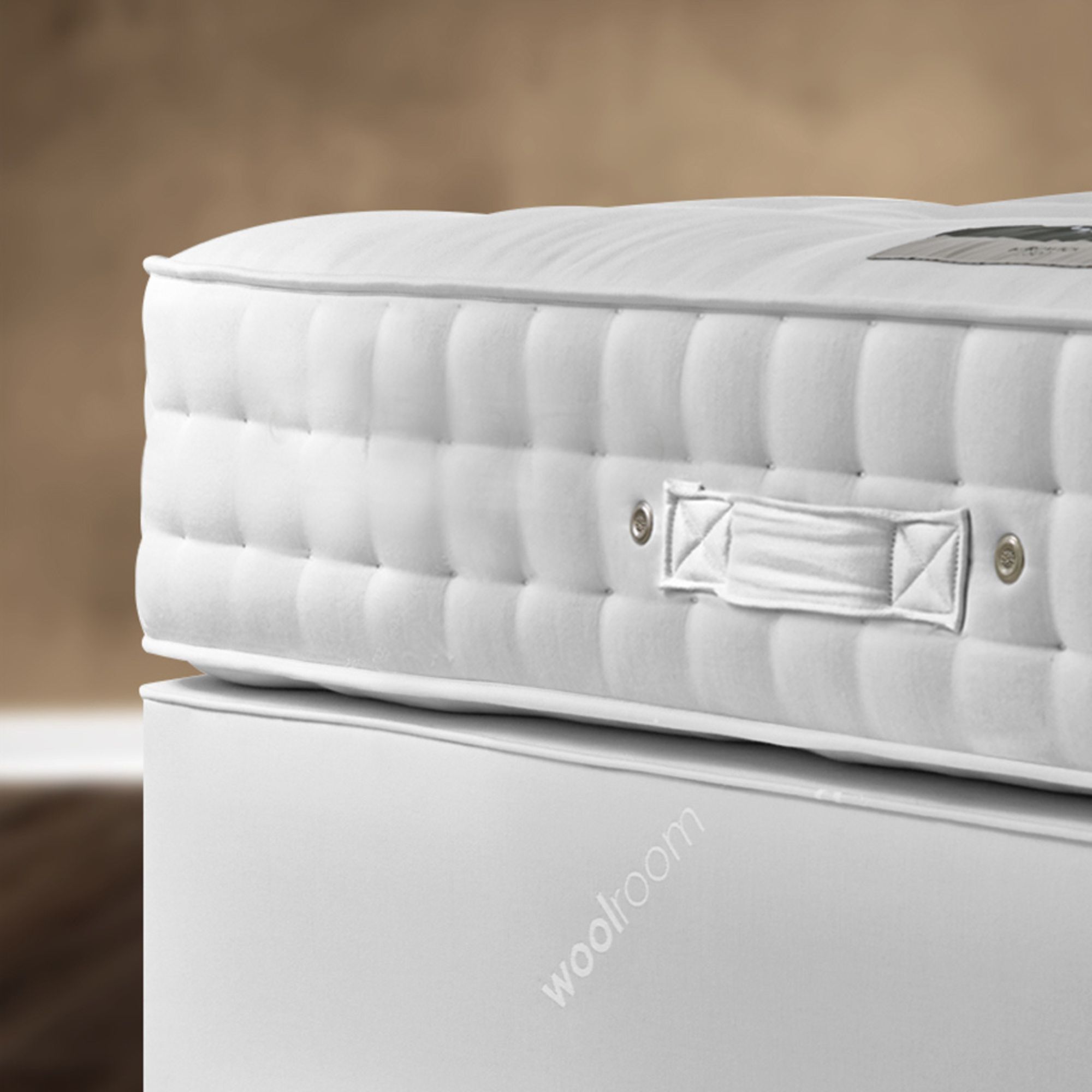
One of our expert testers, Sophie, just wrote up her review for the Woolroom Hebridean 3000. She's seriously impressed with its deep support and top-notch eco-credentials: the whole thing is filled with the finest British wool.
You can find more detail in our Woolroom Hebridean 3000 Mattress review.
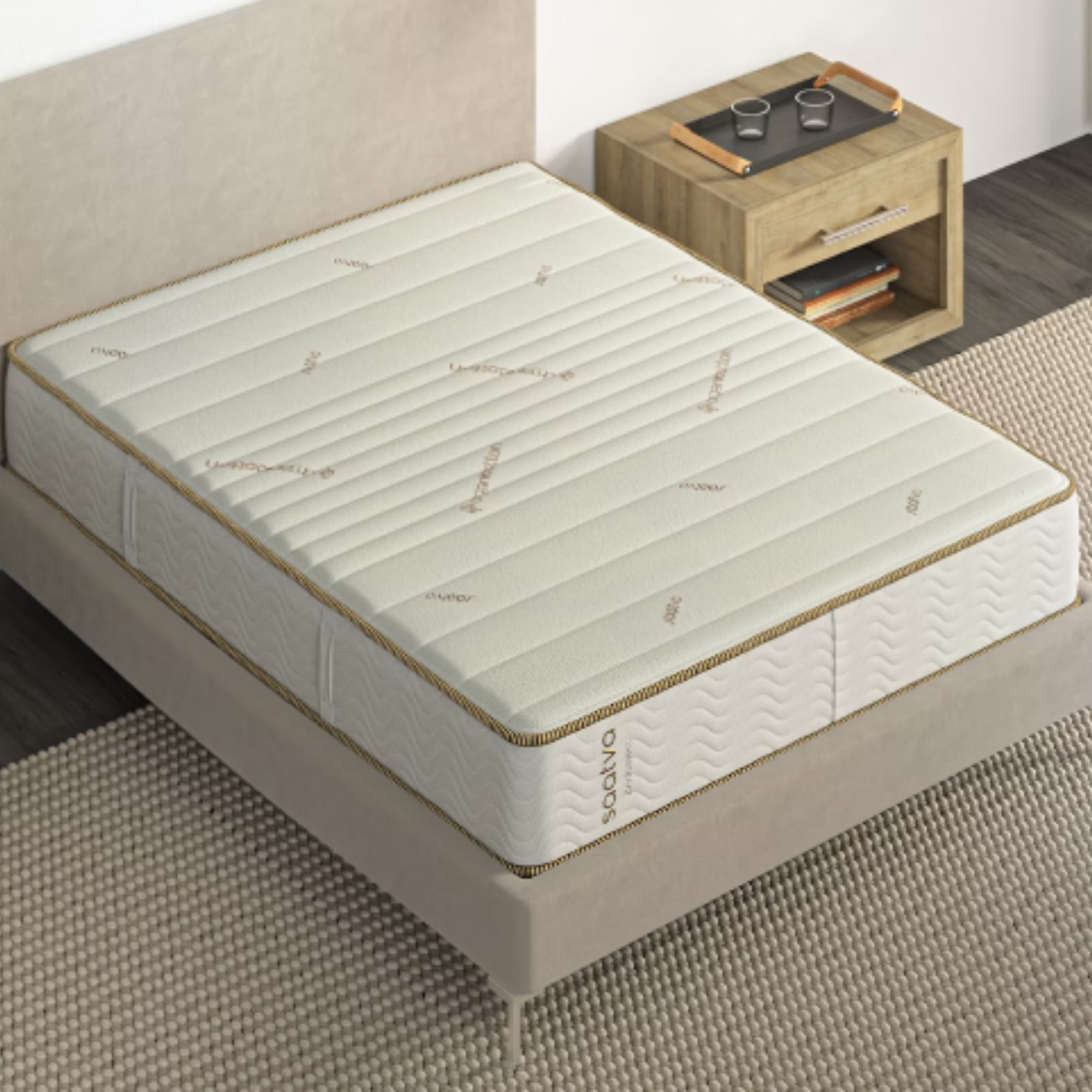
This hypoallergenic mattress is coated with a botanical antimicrobial treatment to bust the bacteria that breed in hot, damp environments, such as beds, for deep, clean sleep.
You can find more detail in our Saatva Zenhaven Natural Latex Mattress review.
A hypoallergenic mattress is specifically designed to meet the needs of sensitive sleepers. That's good news for those of us who splutter and sneeze, but it means that a hypoallergenic mattress might not be the best fit for every style of sleeper.
Sure, memory foam is hypoallergenic, but all that thick foam tends to trap heat and moisture. If you're a hot sleeper who suffers from allergies, I suggest you shop for one of the best cooling mattresses that is also hypoallergenic: the PlushBeds Botanical Bliss Organic Latex Mattress is one of my favorites.
Out of all the mattress types, latex is best for hot sleepers, eco-conscious shoppers, and anyone with sensitive skin, but it might be too firm for side sleepers. The best mattress for side sleepers is probably a hybrid mattress with supportive springs and hypoallergenic foam on top.
What are some alternatives to a hypoallergenic mattress?
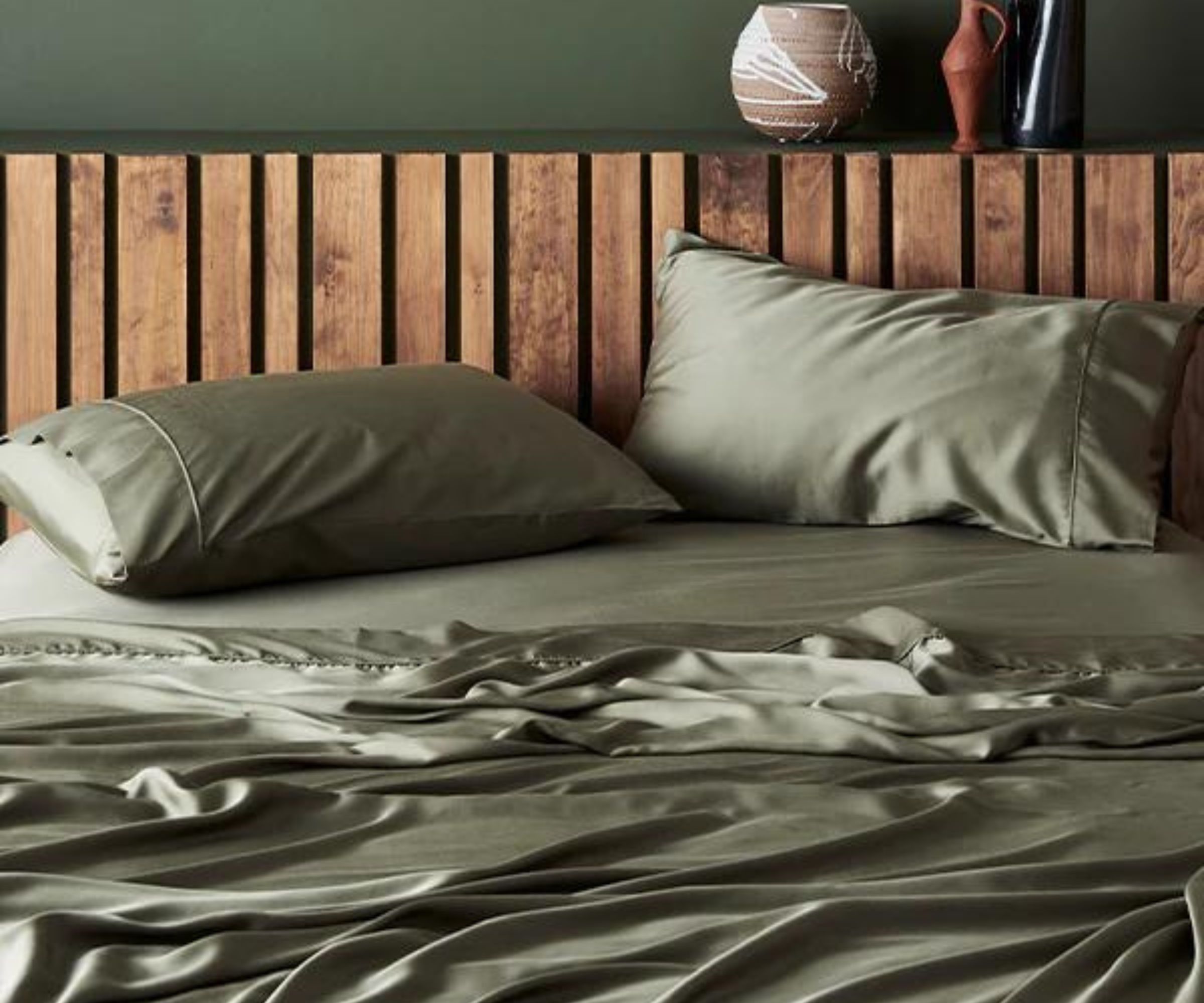
You might have made it this far through the article on 'window shopping mode'. You know you suffer from allergies, and you'd love a hypoallergenic mattress, but you can't justify the cost of a brand new bed. If that sounds like you, then it's worth exploring other types of hypoallergenic bedding to help you sleep clean.
The obvious substitute for a hypoallergenic mattress is a hypoallergenic mattress cover or protector. These lightweight layers act as a line of defence between your body and your bed to inhibit the growth of dust mites, mold, and mildew.
If you're looking for something a little more substantive, you could try one of the best mattress toppers with proven hypoallergenic properties. That way, you can upgrade your sleep experience for a fraction of the price of a new mattress as you minimize the presence of allergens in your bed.
One quick and easy change you could make is to invest in a hypoallergenic pillow, made from the same sort of materials as a hypoallergenic mattress would be. Latex is springy and responsive, ideal for side sleepers and anyone who prefers a firmer surface, while memory foam offers plush comfort and a pleasant sinking feeling.
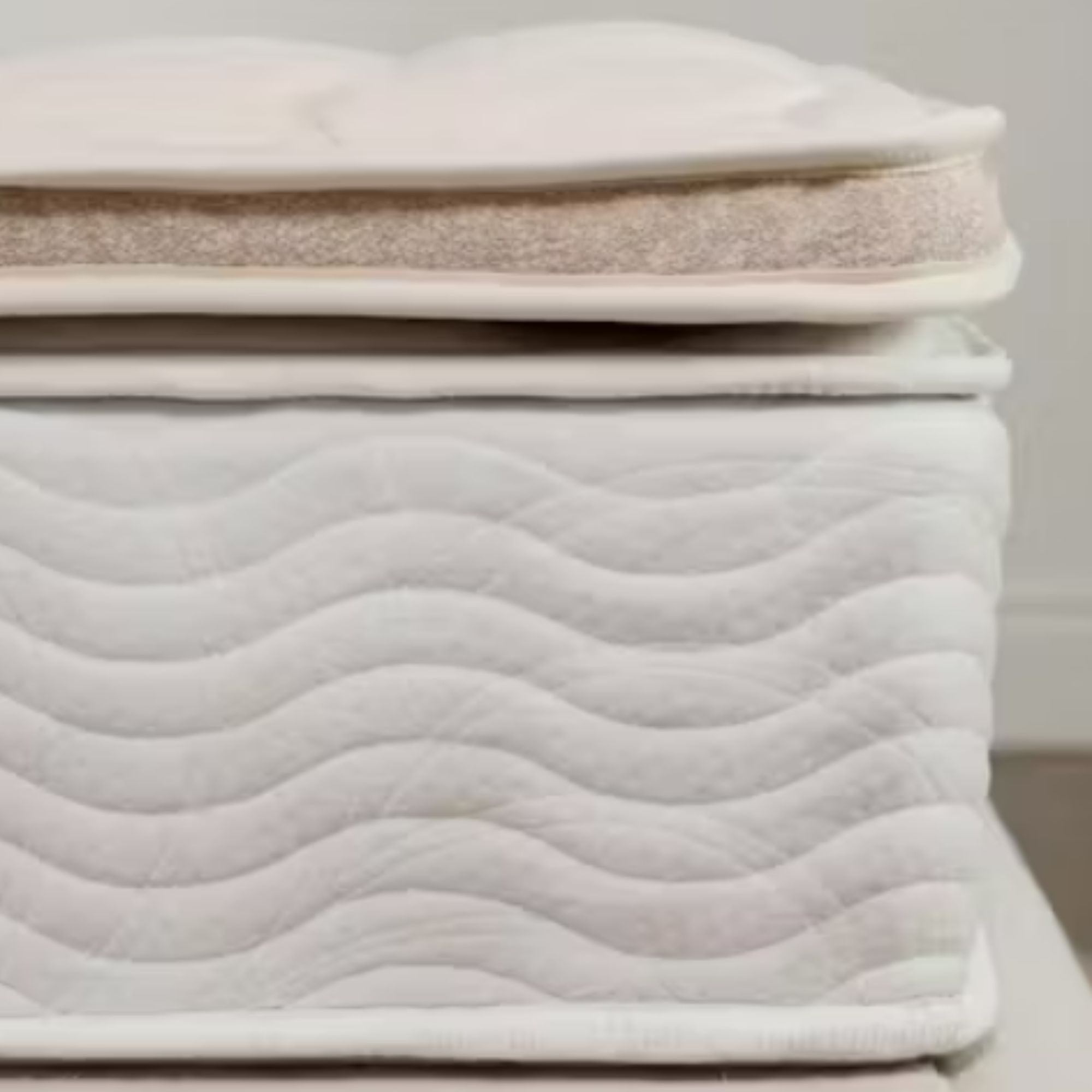
One of our expert testers, Jamie, just wrote her review for the Saatva Organic Quilted Mattress Topper. While it's expensive, you get what you pay for: enhanced support and natural cooling to suit every sort of sleeper.
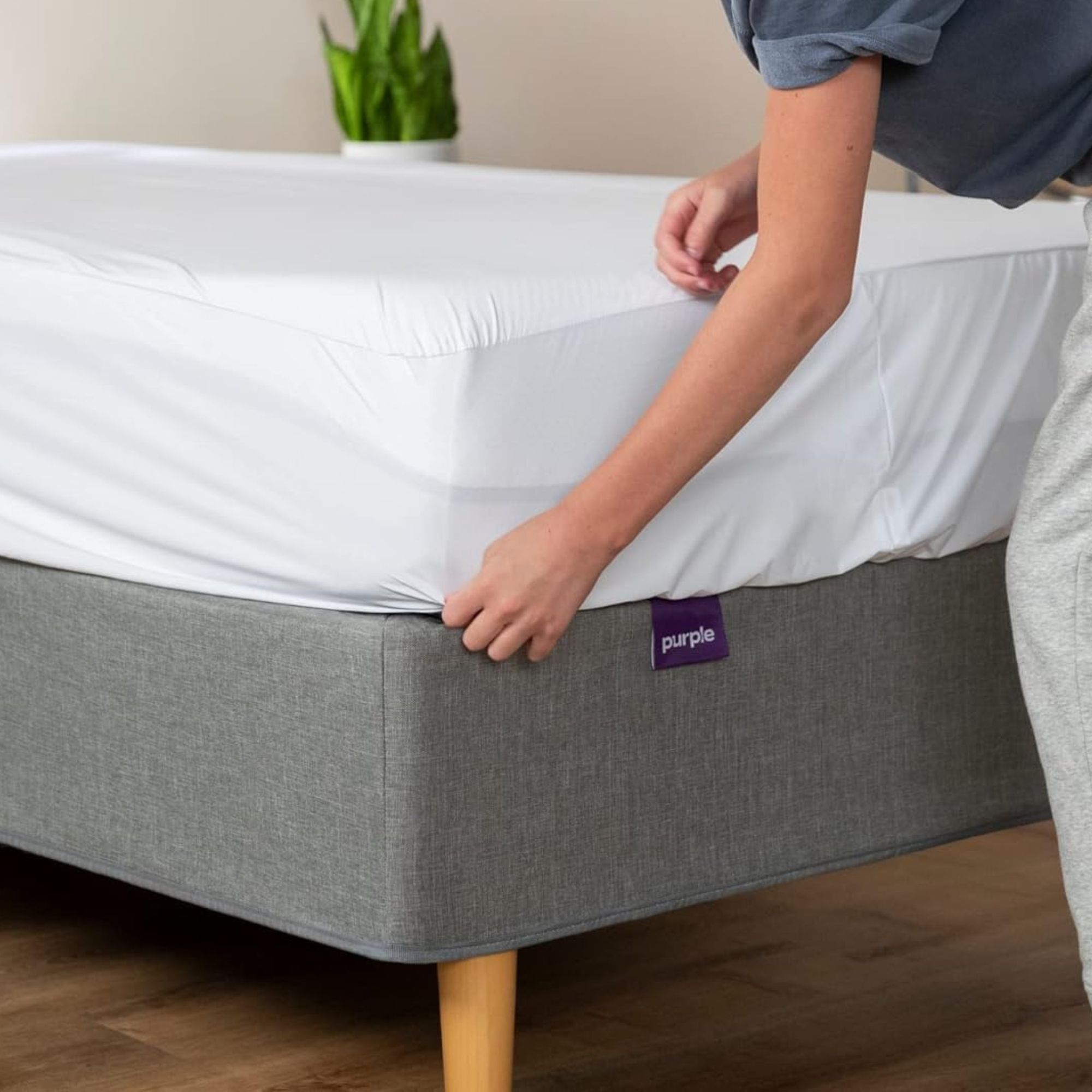
Vanessa Hill, one of the sleep scientists we heard from earlier, uses the Purple Mattress Protector in her own bed. She finds it's the best way to prevent allergens from getting into her mattress in the first place.
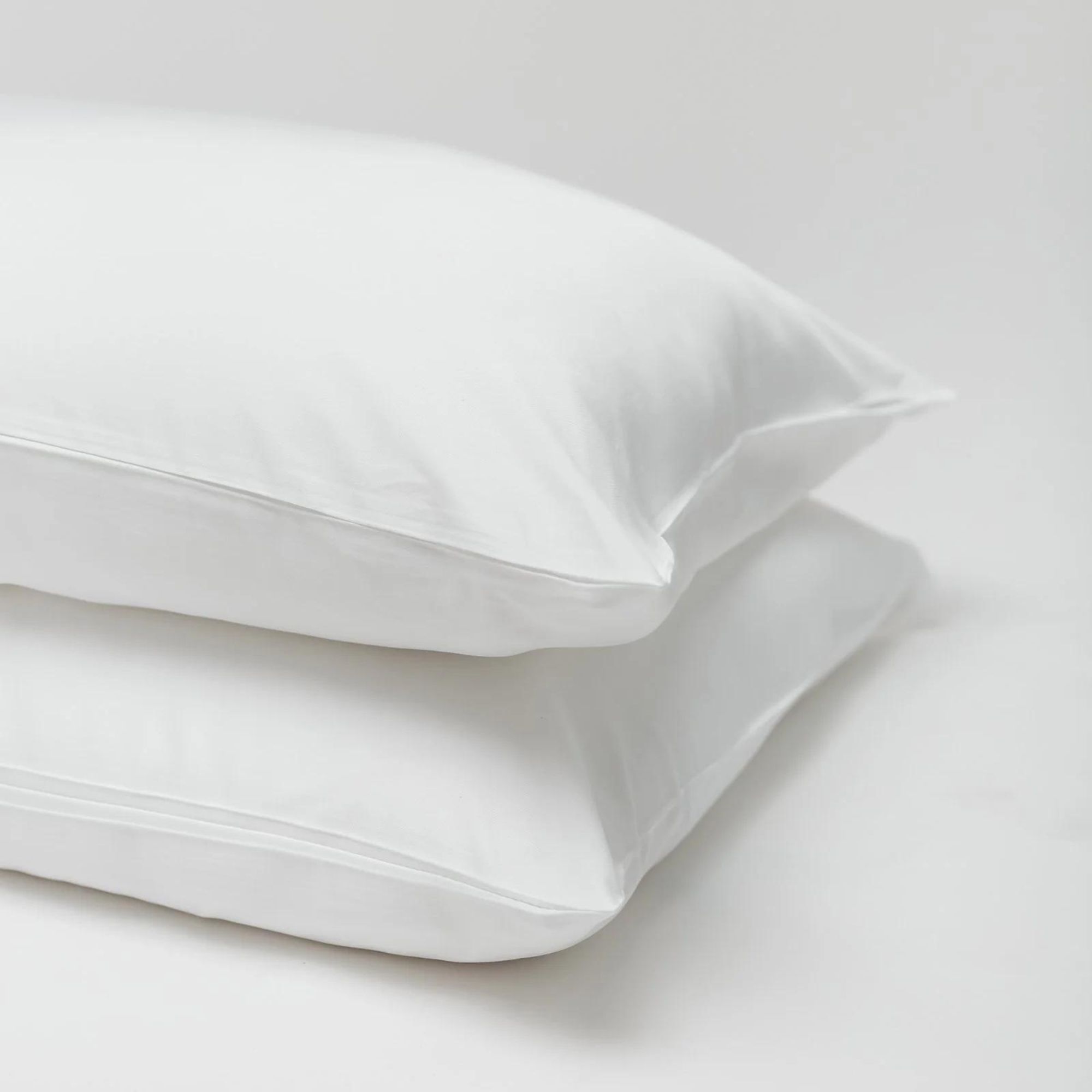
I just finished testing the Cozy Earth Silk Pillow. It's soft, sumptuous, and naturally hypoallergenic. As a stomach sleeper who suffers from allergies, that sounds like the perfect combination to me.
Hypoallergenic mattress FAQs
How does a hypoallergenic mattress work?
Take it from Vanessa Hill: 'Dust mites are a big allergy trigger, and mattresses can provide a dark environment where they can thrive. Certain mattress materials, such as those with good air circulation and some that use natural latex, are less prone to allergens, and help to keep the interior of the mattress dry (which can prevent mold, fungi, and bacteria).' In terms of materials, we're talking memory foam and latex.
Which are the best hypoallergenic mattress brands?
For a sensitive sleeper who's keen to shop sustainably, the best places to buy a mattress are the specialist sleep stores that stock organic latex mattresses. Saatva, PlushBeds, and Birch are a few of my favorites. When you shop with Woolroom, you can branch out and buy a hypoallergenic wool mattress.
If you're prepared to look for it, you can find a hypoallergenic mattress at any of the big-name retailers. The Nectar Memory Foam Mattress is hypoallergenic, and great for anyone who suffers from chronic pain, while the hypoallergenic Naturepedic Chorus Mattress is lined with supportive springs to lift and lengthen your spine.
Our verdict
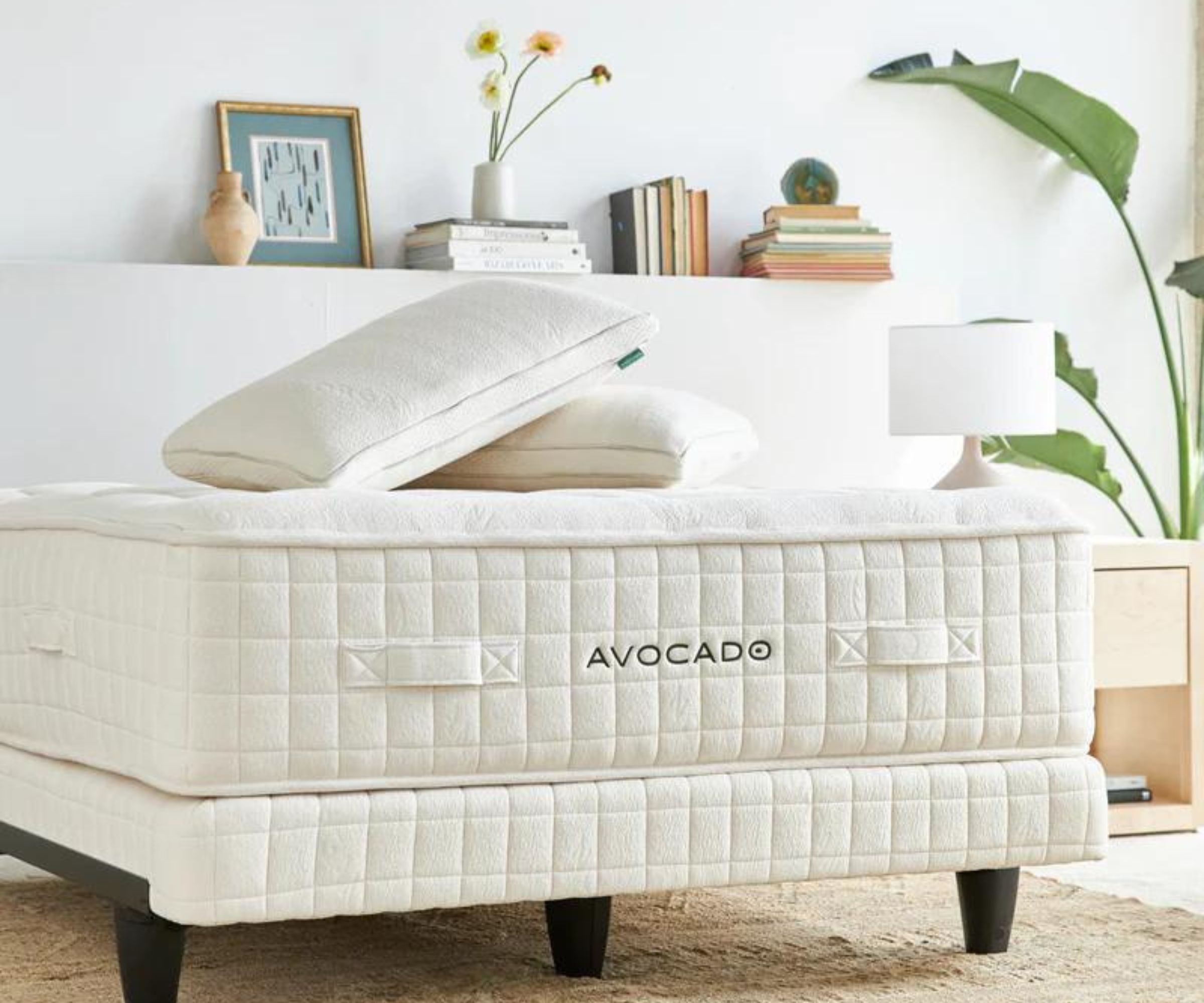
If you suffer from allergies, and you've tried all sorts of home remedies to soothe your symptoms, a hypoallergenic mattress might be just what you need to sleep clean again. Of course, it's a considerable purchase, but you could save hundreds of dollars when you shop the mattress sales. If you're working with a really tight budget, then I suggest you explore hypoallergenic bedding, instead. A latex pillow or an organic topper could transform your sleep for a fraction of the price.







